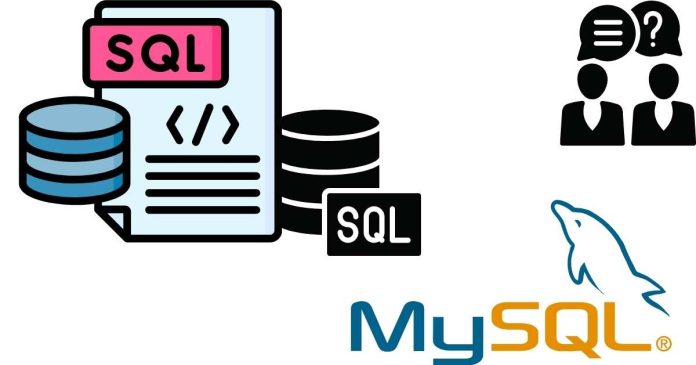SQL, or Structured Query Language, is a standard language for managing and manipulating relational databases. Its fundamental concepts include:
Data Definition Language (DDL): Commands like CREATE, ALTER, and DROP are used to define or modify database structures such as tables, schemas, or indexes.
Data Manipulation Language (DML): Commands like SELECT, INSERT, UPDATE, and DELETE allow users to retrieve and manipulate data within the database.
Data Control Language (DCL): Commands like GRANT and REVOKE manage access permissions and security.
Transaction Control Language (TCL): Commands like COMMIT, ROLLBACK, and SAVEPOINT manage transactions to ensure data integrity.
Joins: SQL allows combining data from multiple tables using joins like INNER JOIN, LEFT JOIN, RIGHT JOIN, and FULL JOIN.
Aggregate Functions: Functions like SUM(), AVG(), COUNT(), MIN(), and MAX() are used for summarizing data.
Subqueries and Nested Queries: These allow embedding one query inside another for complex data retrieval.
Queries are written using SQL syntax and involve specifying the data you want to retrieve or manipulate. For example:
A basic query to retrieve all rows from a table:
SELECT * FROM table_name;
A query to filter specific rows:
SELECT column_name FROM table_name WHERE condition;
Effective use of SQL involves understanding these concepts and applying them based on the database structure and requirements.


